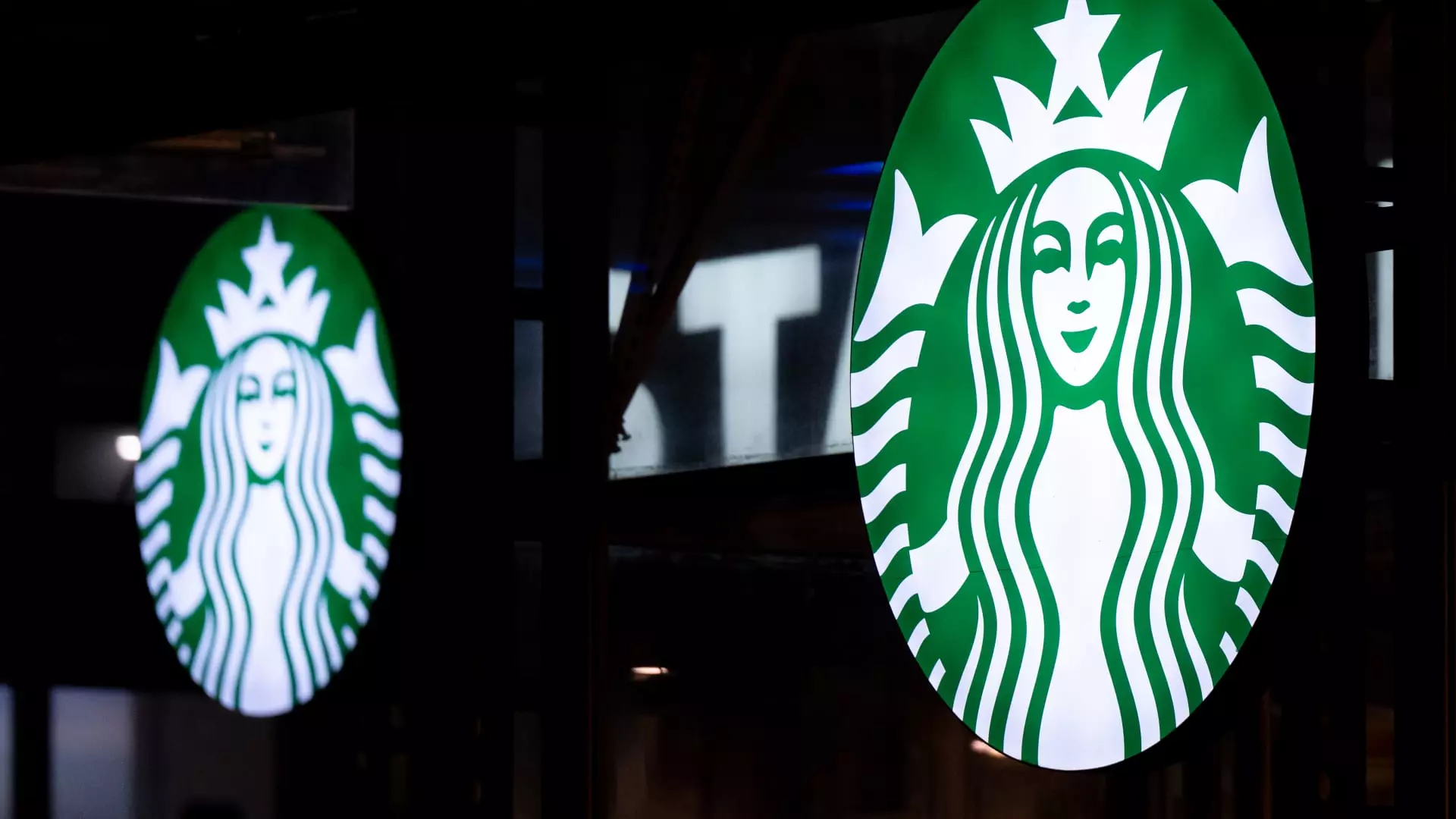In the recent storm of market volatility, a handful of prominent corporations have sent mixed signals about the resilience of the economic landscape. While some companies exhibit strength through strategic moves or optimistic upgrades, others are caught in the crossfire of regulatory scrutiny and market downturns. This divergence underscores a fragile equilibrium—one that could quickly shift if underlying economic policies and political stability waver. As a center-right leaning observer, I am compelled to scrutinize whether these corporate narratives truly reflect a healthy economy or merely superficial resilience masking deeper vulnerabilities.
Strategic Moves Signal Confidence, But Skepticism Lingers
Starbucks’ surge of nearly 2% on news of a potential stake sale in its Chinese subsidiary indicates that even global giants recognize the need to optimize their assets amid geopolitical and market uncertainties. The positioning of a multibillion-dollar valuation reveals confidence in the long-term growth potential of China but also exposes the company to risks if the deal stalls or fails to meet expectations. Conversely, AES’s 14% jump after rumors of a sale from infrastructure investors signals active capital repositioning—a sign of pent-up market activity rather than robust growth.
Meanwhile, Verona Pharma’s 20% leap following Merck’s acquisition to enhance respiratory offerings highlights a rare instance of confidence in healthcare innovation and strategic expansion. Yet, this optimism is counterbalanced by UnitedHealth’s decline after reports of an investigation into Medicare billing practices. Such regulatory scrutiny presents a stark reminder that corporate integrity and regulatory compliance are often the first casualties in an austerity-driven framework seeking short-term profits.
Market Sentiment Is Fragile, Not Resilient
The fall in SolarEdge Technologies and Mobileye Global stocks illustrates the vulnerability of technological and innovative firms to market sentiments and sector-specific uncertainties. Goldman Sachs’s downgrade and Intel’s asset liquidation plans highlight that even companies associated with cutting-edge technology are not immune to macroeconomic caution and investor jitters. This cautious approach echoes broader skepticism about the sustainability of growth in a sector still battling inflation, regulatory hurdles, and geopolitical tensions that threaten to undercut progress.
On the other hand, WPP’s dramatic 16% slide following downbeat earnings guidance underscores the impact of economic slowdowns on traditionally resilient sectors like advertising and marketing. Their lowered outlook points to a broader contraction in consumer spending and corporate budgets—an ominous sign for economic vitality.
Bloom Energy’s optimism, buoyed by JPMorgan’s upgrade, suggests that policy optimism and pro-business shifts in government could induce some sectorial vitality. However, it also reminds us that market euphoria is often fleeting, predicated on political moves rather than fundamental strength. A genuine market recovery demands more than a tax bill—it requires sustained policy stability, prudent regulation, and a reevaluation of economic fundamentals that go beyond superficial optimism. As a center-right observer, I remain skeptical of overly optimistic narratives that fail to account for structural weaknesses masking themselves as market resilience.

